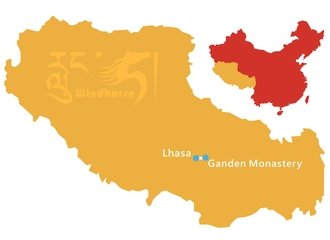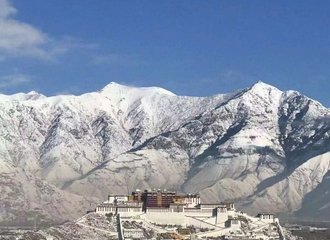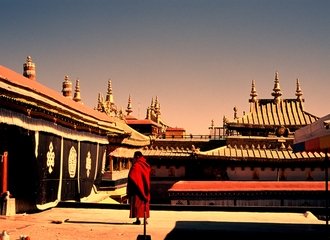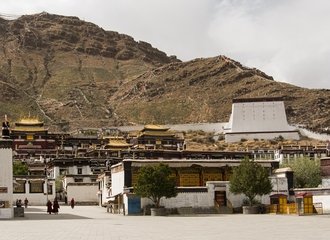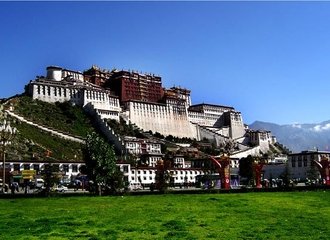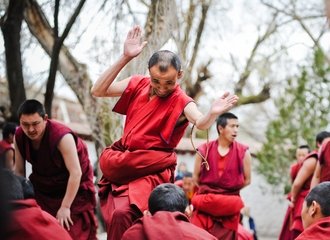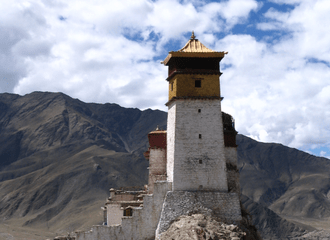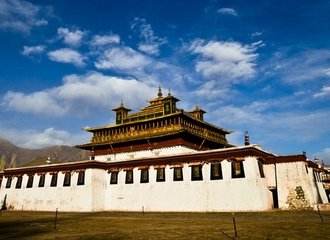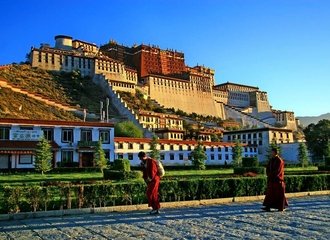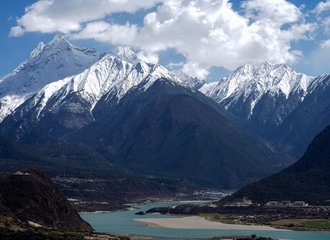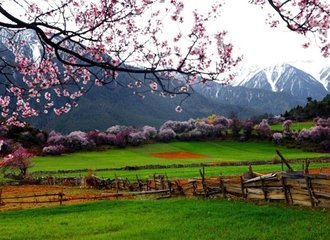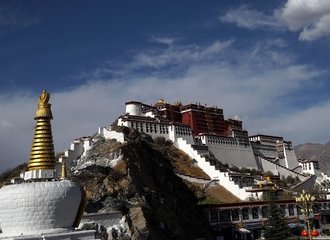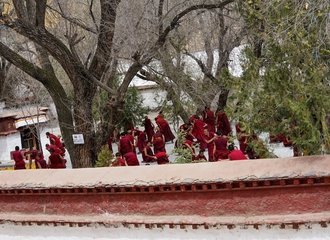A Complete Travel Guide to Datong & Pingyao
As one of the nine ancient capitals of China, Datong was once the capital of the Northern Wei Dynasty (AD 386-534), there are many historical sites in the territory which have been kept down. Pingyao is a major cultural relic county in Shanxi Province, with more than 300 historical sites. The ancient city of Pingyao was listed as a World Cultural Heritage by UNESCO in 1997. Along with Lijiang ancient city in Yunnan, Langzhong ancient city in Sichuan, and Shexian ancient city of Anhui, they are known as the “Four Ancient Cities” with the best remaining integrity in China.
Datong is a prefecture-level city in Shanxi Province, located in the north of Shanxi, at the junction of the three provinces of Shanxi, Hebei, Inner Mongolia. Pingyao generally refers to Pingyao County, which belongs to Jinzhong City, Shanxi Province, and is located in the central part of Shanxi Province. The distance between Datong and Pingyao is about 400 kilometers.
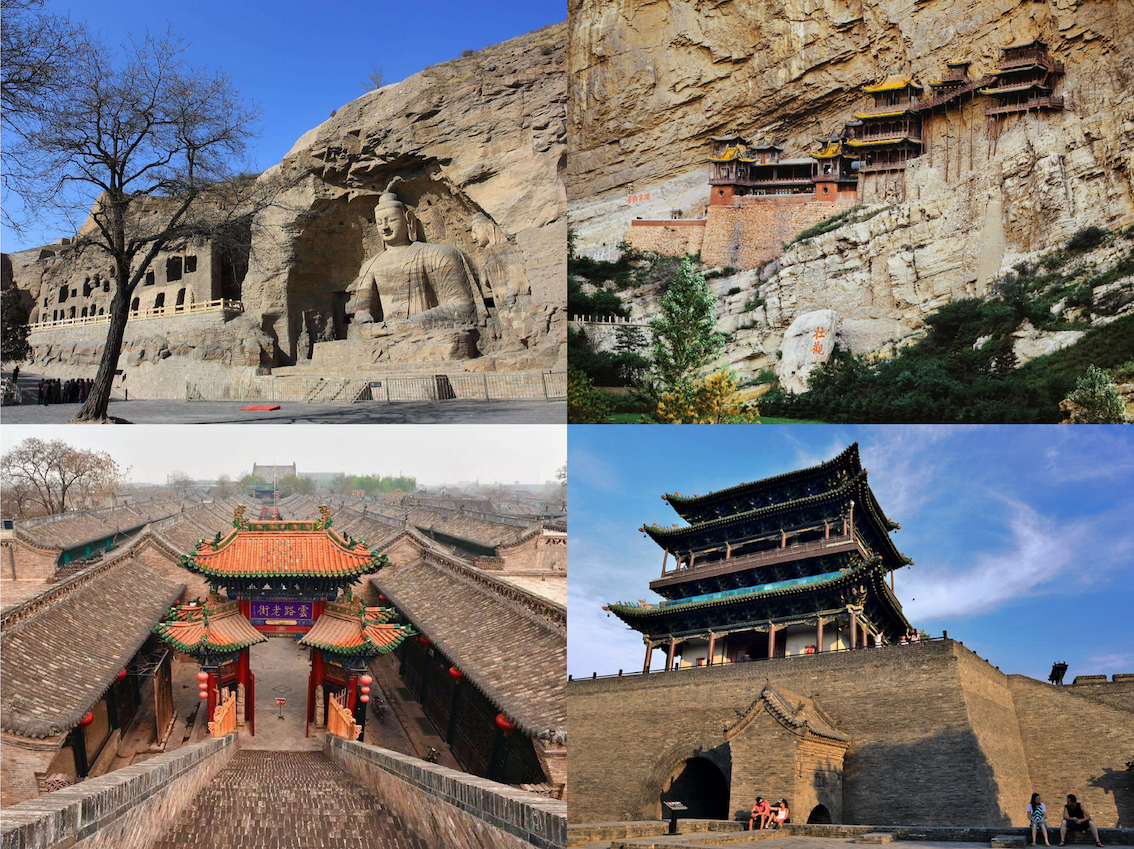
Traveling in Datong & Pingyao is like traveling back to ancient China and wandering in the long river of history. Follow the below complete travel guide to make a tour to China dating back 2,000 years ago and witness the human civilization and relics created by the great ancients.
- Best Time to Travel in Datong & Pingyao and weather
- Famous attractions not to miss in Datong & Pingyao
- Interesting festivals or events not to miss in Datong & Pingyao
- How to get to Datong & Pingyao and travel around
- Recommended itineraries and tours in Datong & Pingyao
- Where to Stay and Dining options in Datong & Pingyao
- Useful Travel Tips

Best Time to Travel in Datong & Pingyao and weather
From April to October, it is the best time to visit Datong to see the ancient buildings, grottoes, and hike in Mount Heng. During the Chinese Lunar New Year, there will be a lively Lantern Festival in Datong, and although it is cold, Datong will be decorated with lanterns and colorful decorations, bringing a festive atmosphere.
Datong is located in the temperate continental monsoon climate zone, affected by the monsoon, the four seasons are distinct. The temperature rises quickly in spring, with strong winds and less rainfall. The summer has a mild climate and concentrated rain accounting for 64.3% of the annual rainfall. The temperature gradually drops after autumn, the average temperature is between 5.8°C~8.4℃. The winter in Datong is long, more than four months long and the days are short and cold. Generally speaking, Datong City has a dry, cold, and windy climate with a large temperature difference.
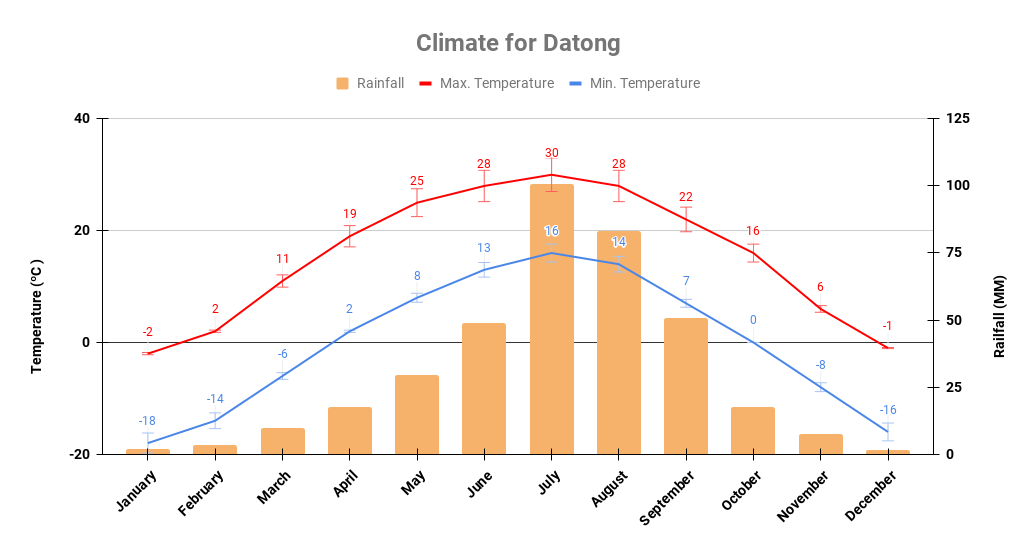
Pingyao is good for traveling all year round. Although it is cold in winter, there are fewer visitors, and you can enjoy the folk performances or the beautiful scenery of the ancient city under the snow. Moreover, during the Chinese Lunar New Year, the whole Pingyao ancient city has a strong holiday atmosphere and abundant activities.
Pingyao has a temperate monsoon climate with four distinct seasons. Winter is windy and less rainy, and drought is more obvious in spring. Rainfall in summer and autumn is concentrated and humid. Sunny weather all year round.
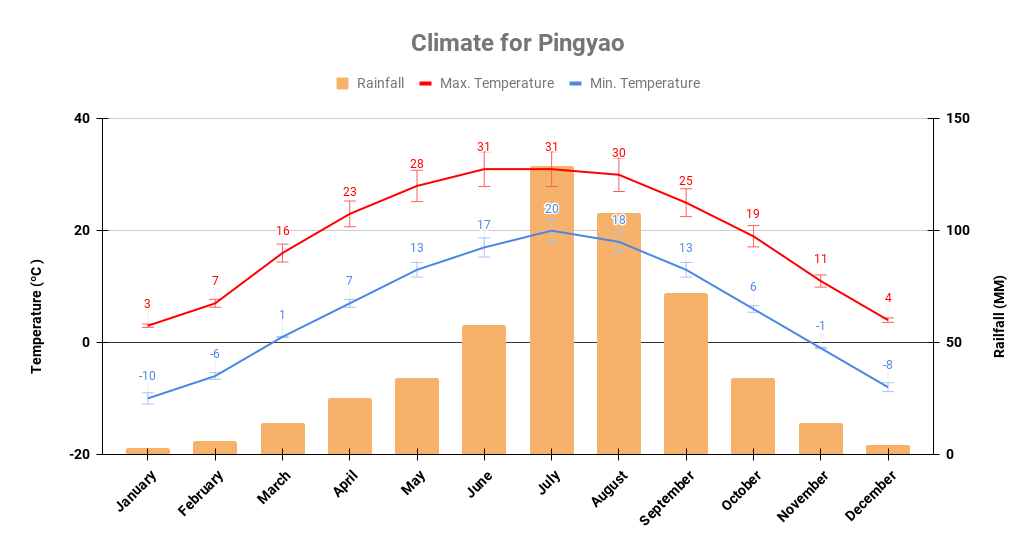

Famous attractions not to miss in Datong & Pingyao
Yungang Grottoes
Located in the Datong City of Shanxi Province, Yungang Grottoes is one of the largest ancient grottoes in China, with 45 main caves, 252 large and small cave niches, and more than 51,000 stone statues. The Yungang Grottoes were excavated from AD 460 and the carving lasted for over 60 years until AD 524. The statues of Yungang Grottoes are magnificent and rich in content, representing the highest level of world carving art in the 5th century. A variety of Buddhist art sculpture styles have achieved unprecedented integration in Yungang Grottoes. In 2001, it was approved by UNESCO to be included in the "World Cultural Heritage" list.
Mount Heng & Hanging Temple
Mount Heng is located 10 kilometers south of Hunyuan County, 62 kilometers away from the urban area of Datong. It is one of the five famous mountains in Chinese Han culture. As a geographical symbol of China, Mount Heng is the holy land of the Quanzhen Sect of Taoism. The famous Hanging Temple is located between the cliffs of Mount Heng, which has a history of more than 1,500 years and is the earliest and best-preserved high-altitude wooden cliff building in China.
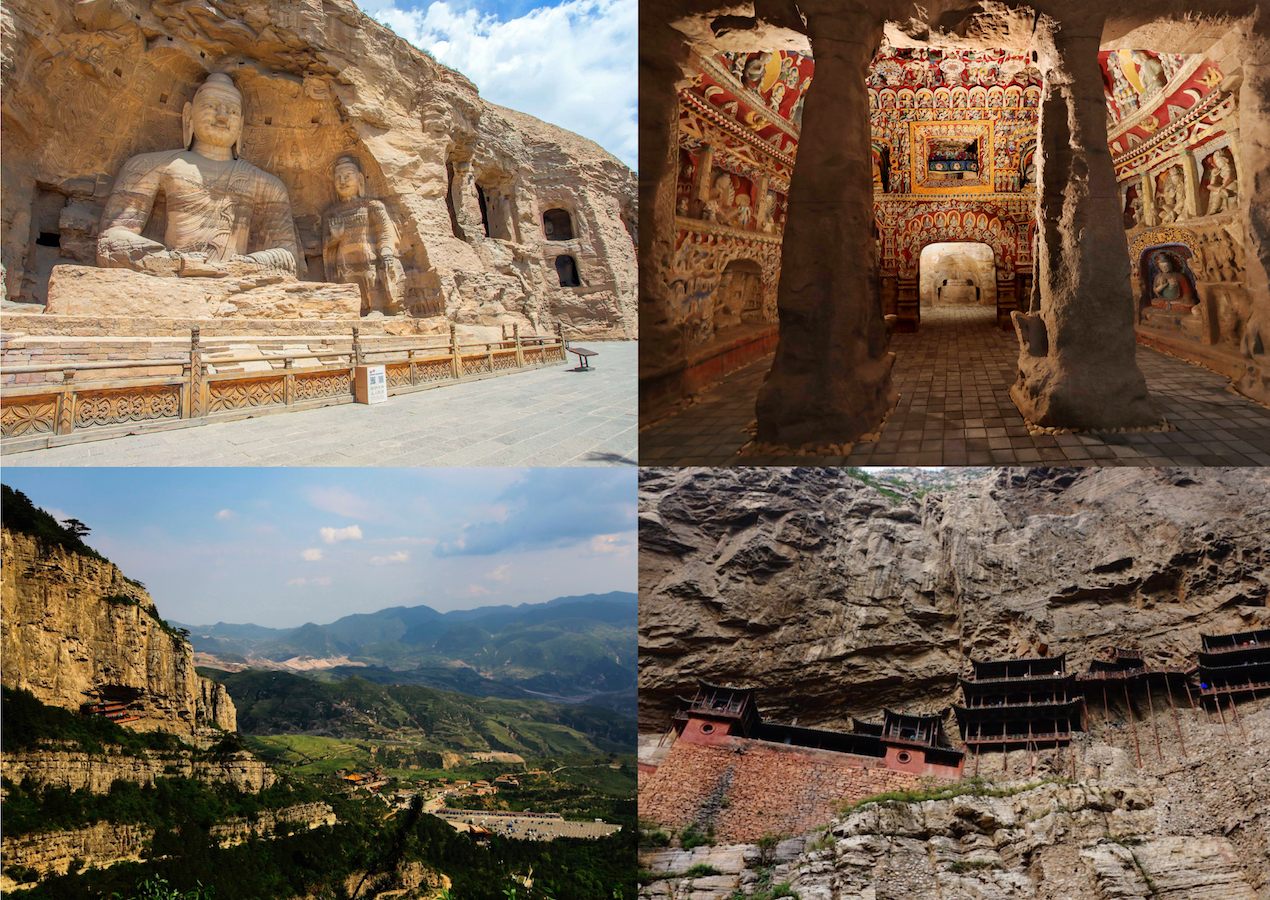
The Ancient City of Pingyao and the City Wall
As a famous historical and cultural city for nearly three thousand years, Pingyao Ancient City is one of the four best-preserved ancient cities in China. As the financial center of China in the late Qing Dynasty, the cultural atmosphere of Shanxi merchants can be felt everywhere in the ancient city. Pingyao has 4 main streets, 8 small streets, and 72 alleys, where many inns, restaurants, cafes, tea houses, handicraft shops, etc. are located.
The city wall of Pingyao is square as a whole, and the south city wall is built along the river, so it is slightly meandering. It retains the shape and structure of the early Ming Dynasty and is the best existing county wall in China. Two carriages can be paralleled on the city wall, and there are also facilities to defend against enemies.
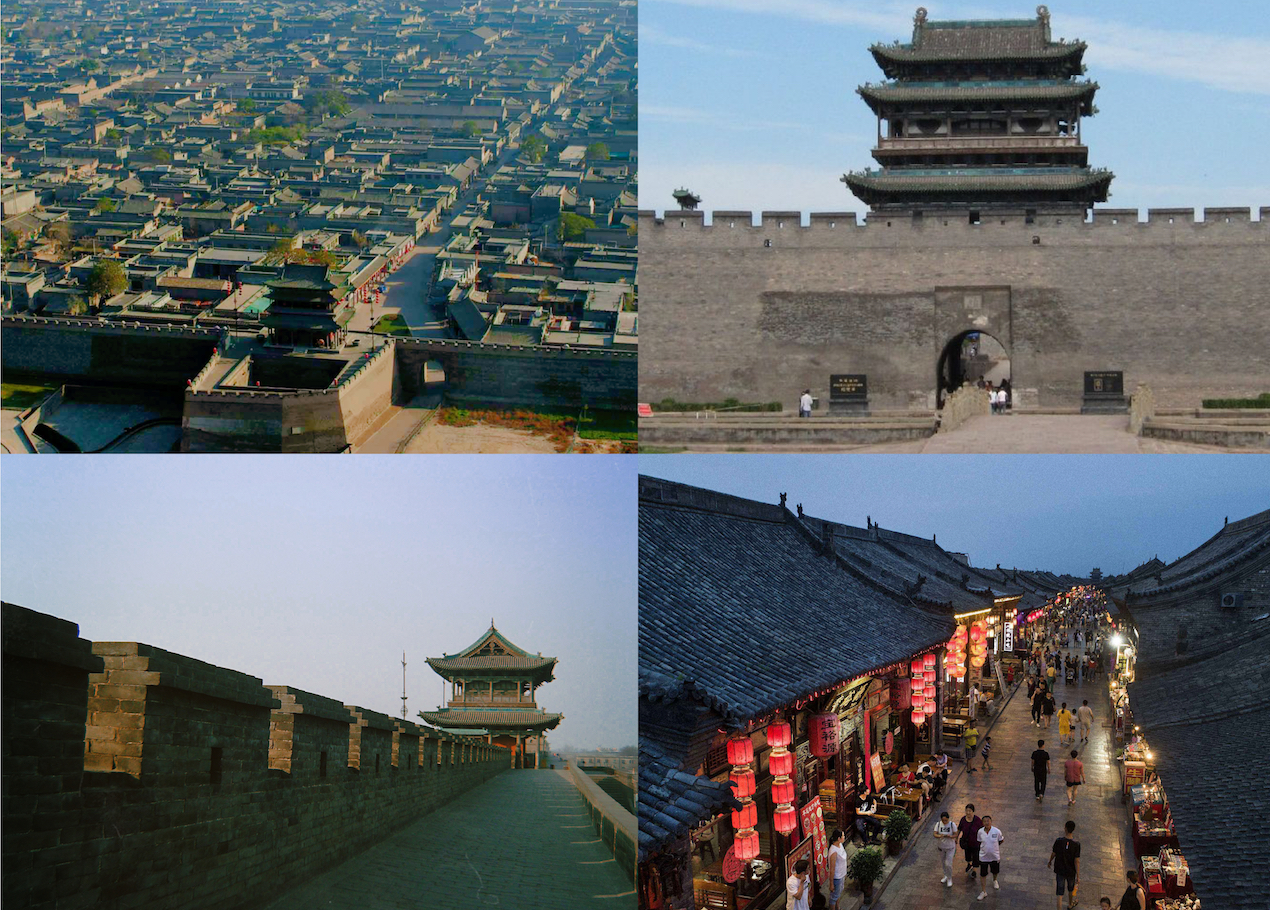
Shanhua Temple, Nine Dragons Wall, Fahua Temple in Datong
Shanhua Temple has a history of nearly a thousand years. It is a large-scale temple group, the overall structure is relatively intact, the temple buildings scattered on all sides, is China's existing the Liao and Jin period the most complete layout, the largest temple building.
Nine Dragons Wall was built in 1392 and has a history of more than 600 years. The wall is made up of 426 specially made colored glazed components. The 9 flying dragons are majestic and lively.
Fahua Temple was built at the end of the Yuan Dynasty and the beginning of the Ming Dynasty. It is the only existing pagoda of a glazed lamasery in Datong. The murals in the temple are rich in color, with numerous figures and strong characteristics of multi-ethnic fusion and a combination of exotic colors.
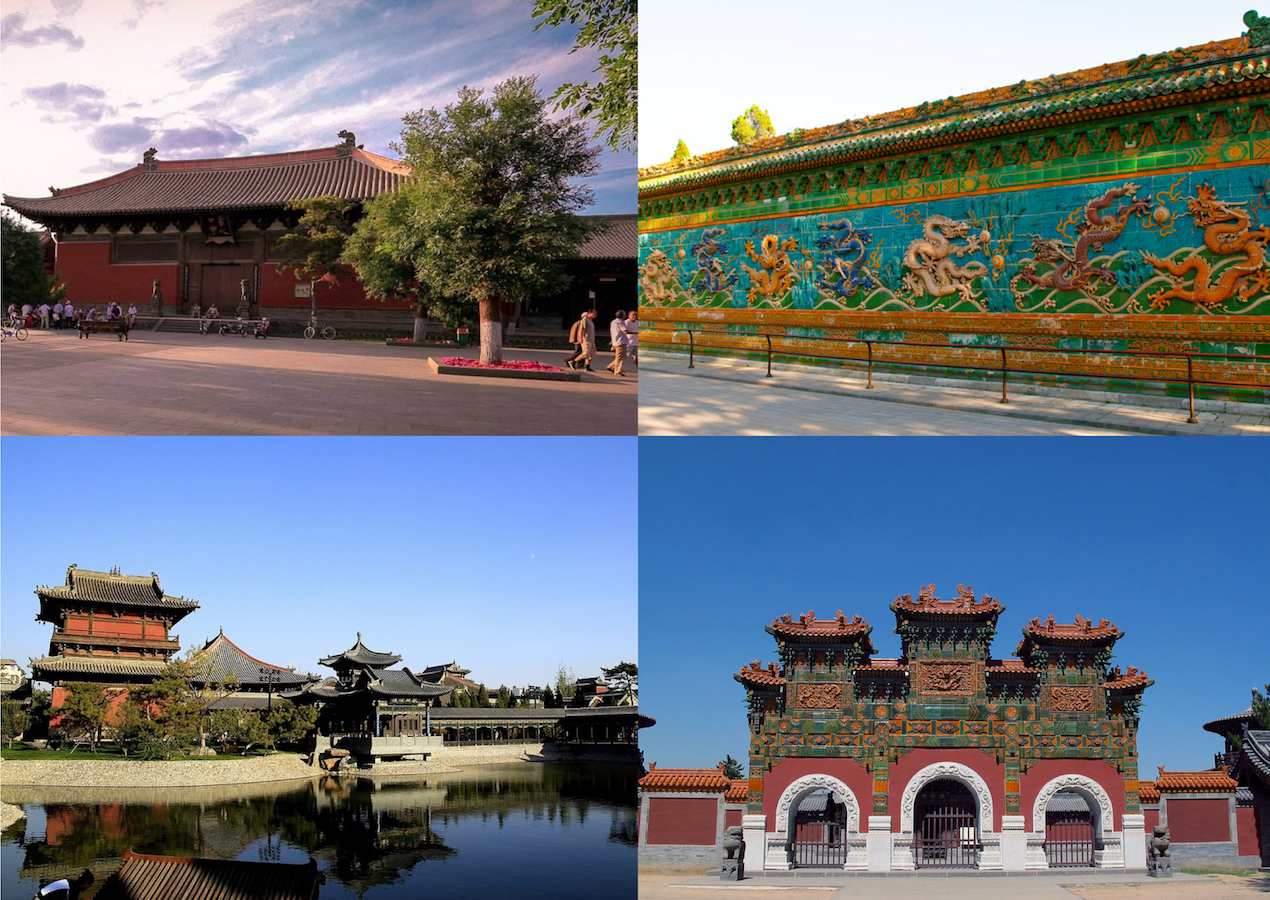
Shuanglin Temple
Located 6 kilometers southwest of Pingyao, Shuanglin Temple was listed as a world cultural heritage in 1997 as an important part of the ancient city of Pingyao. Shuanglin Temple is one of the key monasteries of Buddhism in the Han area in China. It was founded very early and the ancient documents are not well recorded, but it has a history of at least 1,400 years. The walls in the temple show Sakyamuni’s journey into Buddhahood in the form of murals, which is worthy of the title of "Treasure House of Oriental Painted Sculpture Art" and even more famous as "Ancient Sculpture Museum".
Wang & Qiao Family Courtyards
The Wang Family Courtyard is located 12 kilometers east of Jingsheng Town, Lingshi County, Shanxi Province, 35 kilometers away from the ancient city of Pingyao. It was built by the Wang family in the Ming and Qing dynasties for more than 300 years, including five lanes and six castles, with a total area of 250,000 square meters, and is an architectural art museum with traditional cultural characteristics.
Located in Qiaojiabao Village of Qi County, Qiao’s Family Courtyard was built in 1756 and is a majestic architectural complex. The design and the craftsmanship are exquisite, reflecting the unique style of Chinese residential buildings in the Qing Dynasty. It is an incomparable art treasure house for its viewing, scientific research, and historical value, and is called "a pearl of northern residential architecture".
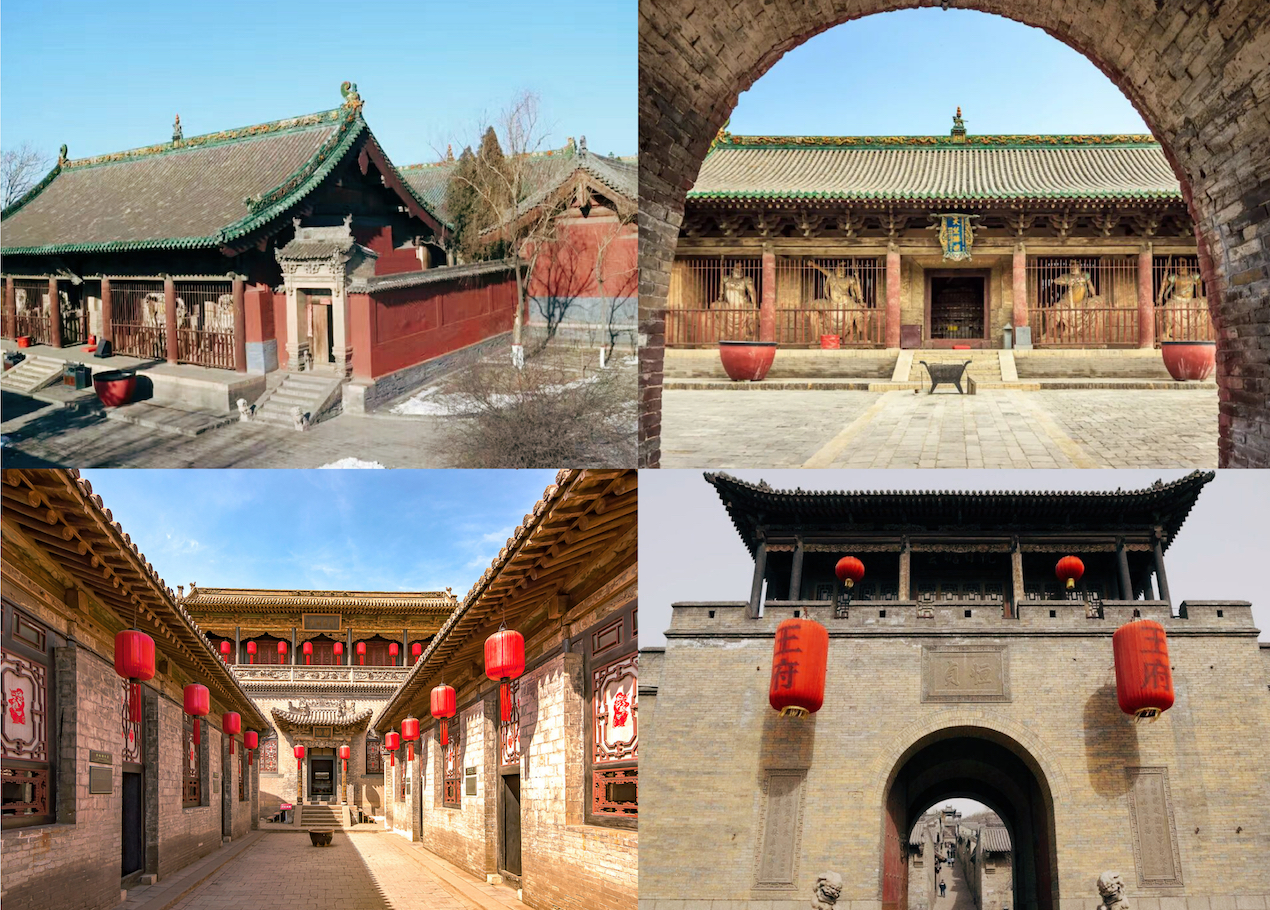
Yingxian Wooden Pagoda
As the tallest and oldest wooden pagoda in the world, Yingxian Wooden Pagoda was built in 1056 AD and has lasted for more than 960 years. Although it has survived torrential rains, strong earthquakes, and shelling, it still stands tall. It is located in Ying County, Shuozhou City, Shanxi Province, about a 1.5-hour drive from Datong. The tower is 67.31 meters high and the bottom diameter is 30.27 meters, which is flat octagonal. The consumables of the whole tower are 3,000 cubic meters of red pine wood, more than 2,600 tons, pure wood structure, no nails, and no rivets.
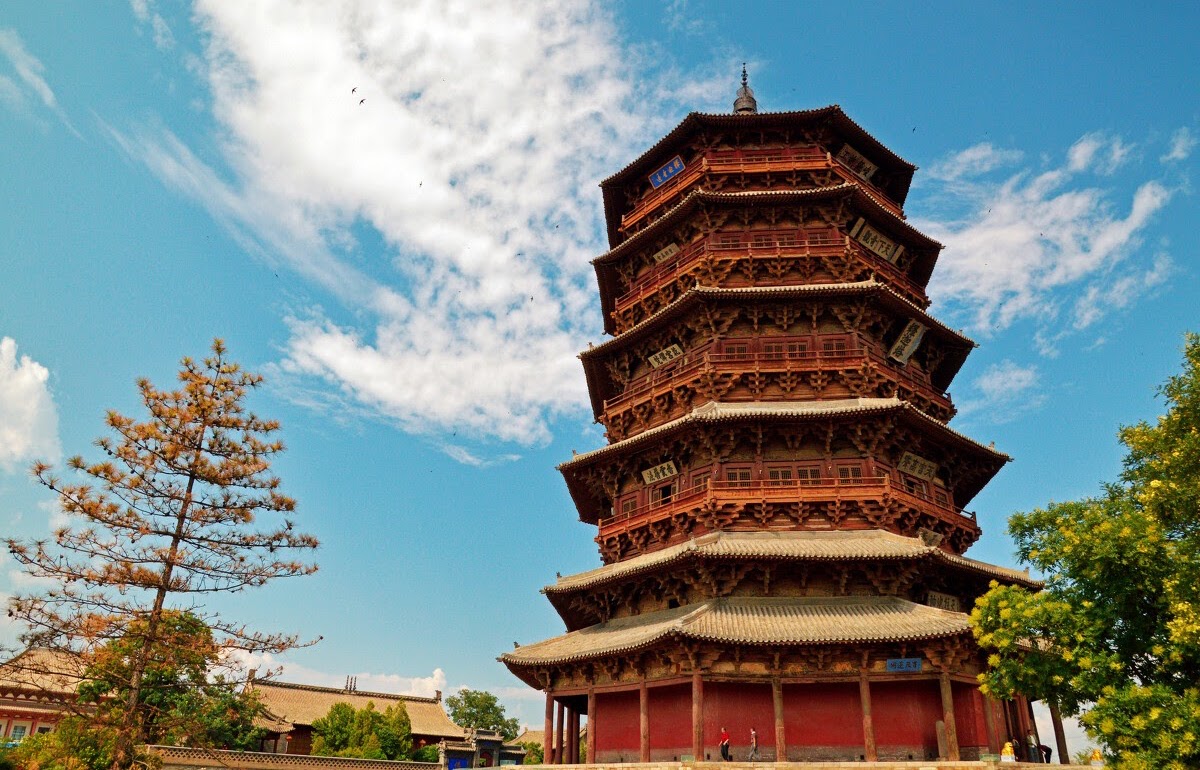
Mount Mian (Mianshan)
Mount Mian is located in Mianshan Town, about an hour's drive from the ancient city of Pingyao. There were temple buildings in Mianshan as early as the Northern Wei Dynasty. At the beginning of the Tang Dynasty, there was already a considerable scale of Buddhist Zen forests, and religious buildings had temples and palaces. Garden buildings include pavilions, terraces, buildings, pavilions, porches, and corridors. There are 14 major scenic spots and more than 360 small scenic spots in Mount Mian. The mountains here are steep with many cliffs, and green pines and cypresses in the mountains.
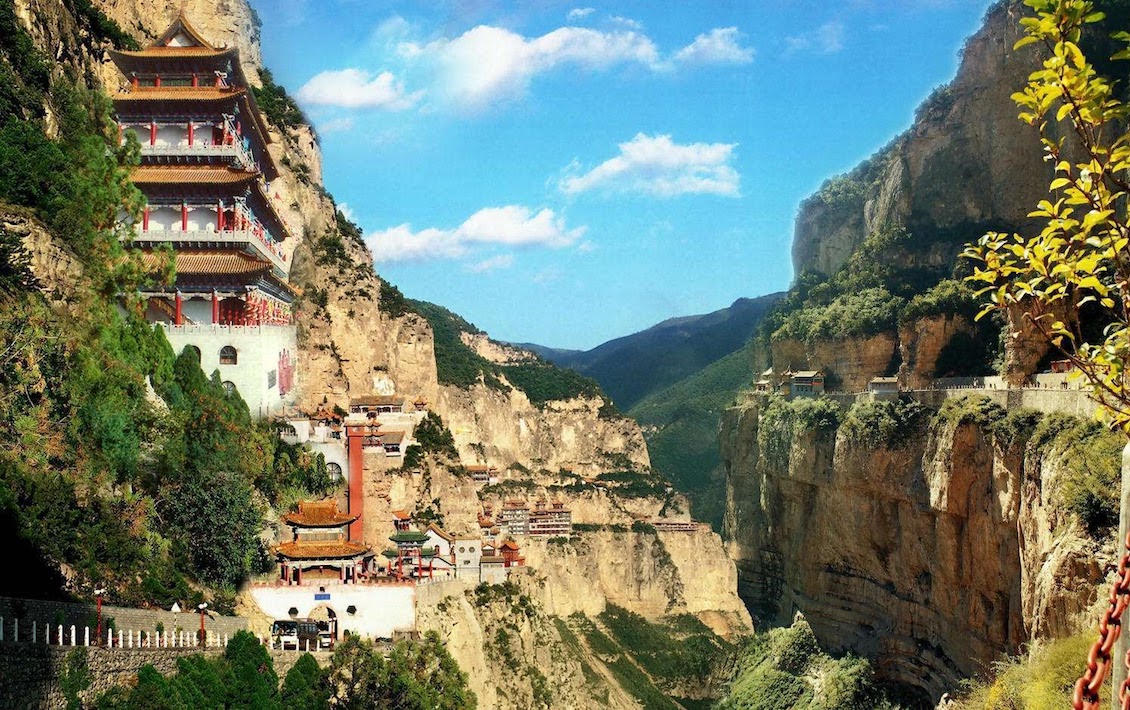
Datong Earth Forest
The earth Forest is a natural scenic area located in Duzhuang Village. The earth pillars and walls in the earth forest are naturally formed into various shapes, just like a sculpture, which is amazing. This place is like the ruins of the ancient castle, with anthropomorphic images, in various poses, lifelike. The earth forest scenery now has different flavors in different seasons, different times, different climates, and different angles. It is an "all-weather" scenic viewing area.
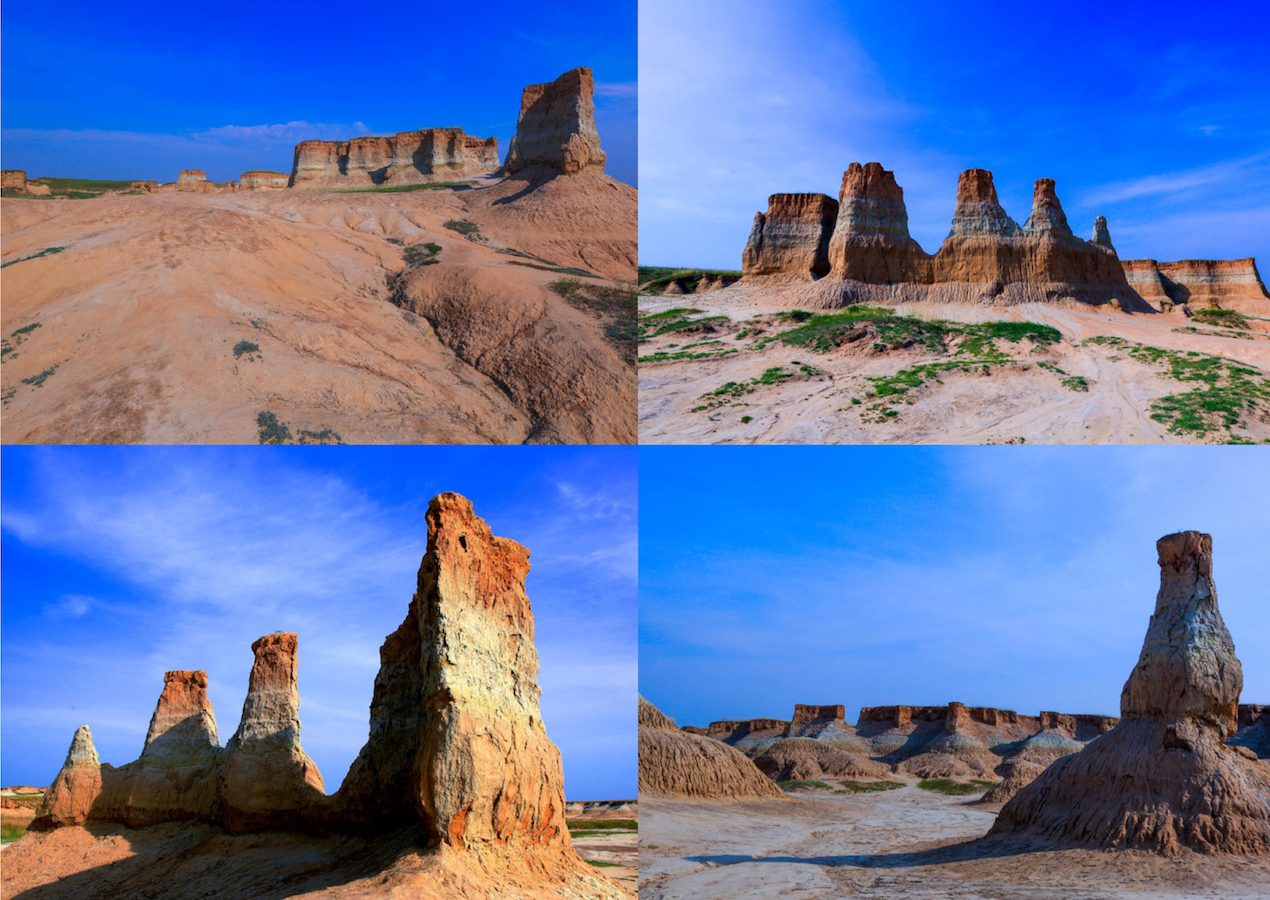

Interesting festivals or events not to miss in Datong & Pingyao
Datong Ancient Capital Lantern Festival
Every year during the Chinese Lunar New Year, a Lantern Festival takes place around the city wall of Datong for about two weeks. At night, the ancient city will be lit up with colorful lights of various forms, including representative scenic spots of Datong, a series of colorful lights featuring humanistic and folk customs, the activities of dragon dances and lion dances, etc.
Pingyao Chinese New Year
Pingyao is a city with relatively well-preserved northern culture and Spring Festival customs. It is a good choice to celebrate the Chinese Lunar New Year in Pingyao. Every year around the Chinese lunar month, the ancient city of Pingyao holds the "Chinese Year of Pingyao". It is also the most lively and interesting time of the year in Pingyao. Visitors can watch dramas, celebrate the New Year, eat New Year's meals, make dumplings, etc. in the ancient city, and enjoy colorful and lively entertainment. At night, the outside of the ancient city is also very lively. You can watch special opera performances, admire the colorful lanterns, and children can also play exciting games at the carnival.
Datong Spring Festival Cultural Temple Fair
Also during the Chinese New Year, the Spring Festival Cultural Temple Fair will be held at Huayan Temple Square and Guandi Temple Square in Datong City. Not only can you see the folk art performance, but also photography, calligraphy, and painting works exhibition and jade, antiques, arts and crafts exhibition and art appreciation sessions.
Pingyao International Photography Festival
The Pingyao International Photography Festival was founded in 2001 and is usually held in late September every year. It has become a large-scale photography exhibition. During the festival, photo exhibitions, themed activities, academic activities, characteristic cultural and economic activities, and other rich activities will be held.
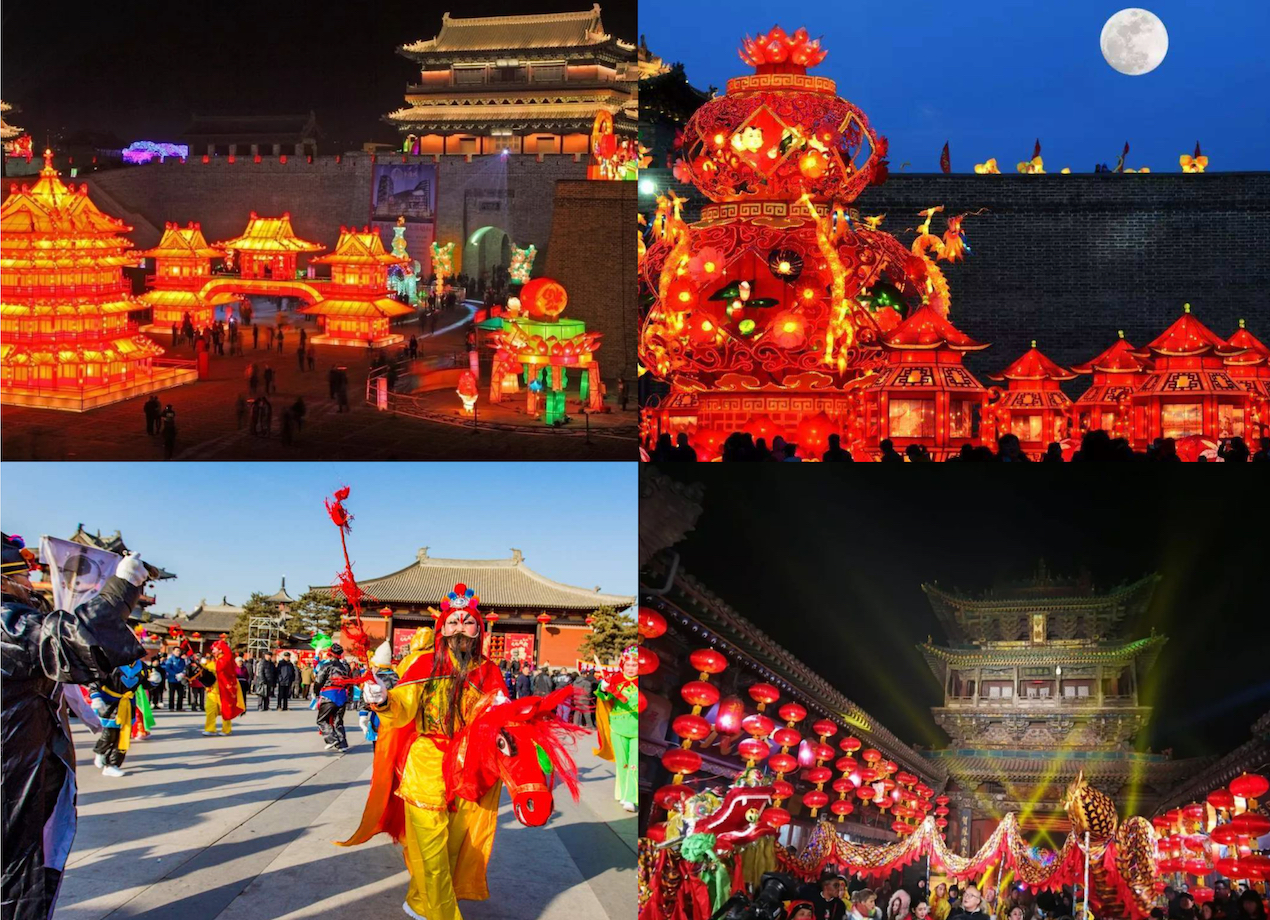

How to get to Datong & Pingyao and travel around
Flight to Datong & Pingyao
Datong Yungang Airport is 15.5 kilometers away from the city center of Datong, for domestic flights use only. Basically, the capital cities of all provinces in China have direct flights with Datong every day.
There is no airport in Pingyao, and the nearest airport to Pingyao is the Taiyuan Wusu International Airport, about 1.5 hours' drive. It has more than 50 routes to major cities in China, which is convenient and fast.
Train to Datong & Pingyao
As an internal city, Datong will not be the first stop to tour China for foreign travelers, and the new-opened high-speed trains from Beijing make Datong much easier to reach. There are 4 high-speed trains running from Beijing North Railway Station every day, which takes about 2 hours.
Pingyao currently has two railway stations, Pingyao Railway Station and Pingyao Gucheng Station, the latter is a high-speed railway station. There are many daily high-speed trains running from Taiyuan, Beijing, Xi'an to Pingyao costing about 1.5-3 hours, which are very convenient.
Travel around Datong & Pingyao
Both Datong and Pingyao are pretty small, so it's easy to travel around the city by taxi or public bus, however, the long-distance bus from Datong to Pingyao will not stop at the famous site like the Hanging temple or Qiao's Family Compound, the best way to travel those two places is to book a tour through a local China travel agency.
The 4 tourist bus stations in Datong run buses to reach the surrounding cities, towns, and popular scenic spots around Datong. Similar to Datong, Pingyao Bus Station mainly operates lines within Shanxi Province. If travelers wish to take buses to cities outside Shanxi, it's best to transfer to Taiyuan, where they run buses to reach Beijing, Tianjin, Xi'an, Kaifeng, Luoyang, etc.

Recommended itineraries and tours in Datong & Pingyao
To travel around those two historical cities, travelers would need at least 3 days to see the top highlights because each city would take 1.5-2 days sightseeing. Located between the famous Beijing and Xi'an, they can be easily merged to their Beijing tour or Xi'an tour, or multiple cities China tour.
- For a short visit to Beijing and surrounding, this 6-days Beijing Datong city tour can be a good choice, after seeing the gorgeous grottoes and temples hanging on the cliffs, travelers can easily take a train or plane to the next destination.
- For history enthusiasts, please follow this 10-days Beijing - Datong - Pingyao and Xi'an cultural tour to visit those 4 important ancient cities to explore the mystery of ancient China, and complete the adventurous and historical journey. Travel methods between cities are high-speed trains, with only 2-4 hours for a single way.
- We strongly recommend this 14-days China discovery tour with the Li River cruise. You can not only explore the history of ancient China in Beijing and Pingyao but also enjoy the beautiful natural scenery in Yangshuo and Guilin. The tour ends in Shanghai, where you can see hundreds of towering skyscrapers and the development of modern China.


Where to Stay and Dining options in Datong & Pingyao
Accommodations in Datong & Pingyao
We would recommend tourists to stay near the tourist and cultural area of Datong Ancient City or the commercial circle of Datong city center. There are many types of hotels/inns, from budget hotels, 3-star hotels, 4-star hotels to 5-star hotels. The price range is around CN¥ 300-1,200 per night, depending on the time and hotel level. There are also many restaurants, supermarkets, and shopping malls near these two areas.
It's a great experience to stay in characteristic inns/boutique hotels in the ancient city of Pingyao. The appearance of these inns/boutique hotels is completely integrated into the entire ancient city, and fully matches the architectural style of the ancient city. Depending on the location, size, scale, decoration style, and hardware facilities of the inns or boutique hotels in the ancient city, the price ranges from CN¥ 200 to CN¥ 1,000 per night. Most of the room styles are still the styles of the Ming and Qing Dynasties in ancient China, and the furniture and furnishings are all like ancient China. Of course, some rooms are modern and simple in style, with white sheets and quilts. You can choose accommodation and room types according to your preferences.
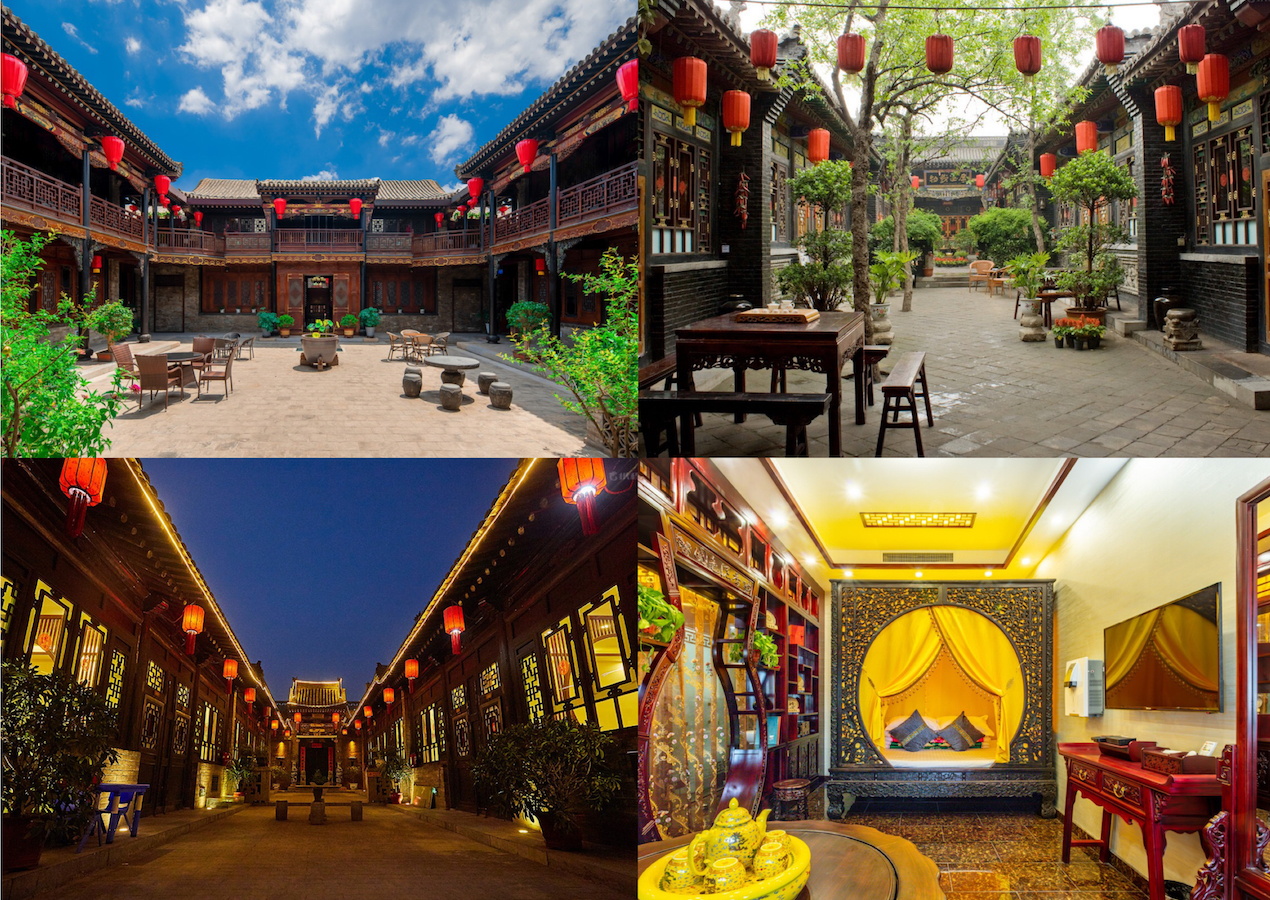
Dining Options in Datong & Pingyao
Datong is a famous food city in China, the delicacies are all-encompassing! Datong has a long history of food culture, mainly to all kinds of pasta. The taste is salty and heavy, as the local people are accustomed to add more cooking oil, soy sauce, and vinegar when cooking dishes. Sliced noodles, fried cakes, oats noodles, mutton noodle soup, and Shumai, etc. are all representative foods of Datong, especially sliced noodles, which are very popular throughout China. As the saying goes: the noodle world is in China, Chinese noodle is in Shanxi, and Shanxi is famous for its sliced noodles. Depending on the weight of the noodles and the meat or vegetables you choose, each bowl costs about CN¥ 8-25. Datong's pasta dishes are all over the city, and you won't be disappointed if you try any of the restaurants. Shanxi specialty Chinese restaurants are mainly concentrated in the city center and Nancheng District and the price range is from CN¥ 60-120 per person per meal.
Pingyao's food is roughly the same as the common food customs in Shanxi and even the entire Central Plains of China. It mainly consists of various types of noodles and has a moderate taste. Breakfast and dinner are often based on millet gruel, steamed buns, and sesame seed; at noon, there are various kinds of noodles, such as sliced noodles, marinated noodles, and fried noodles. The noodles are mixed with meat, vegetables, and seasonings and are very delicious. West Street is one of the most prosperous streets in the ancient city of Pingyao, there are many restaurants. You can also taste the local flavors of Pingyao on a street of the Ming and Qing Dynasties. In addition to restaurants with local flavors and some other Chinese cuisines, western restaurants, cafes, and pubs have gradually opened in the ancient city. The price of snacks and pasta in Pingyao is about CN¥ 5-25 per meal per person, while the price of traditional Chinese cuisine is CN¥ 60-100 per meal per person. Don’t miss the Sea-buckthorn (Hippophae) Juice, you can find it in most shops, restaurants in the streets and lanes of Pingyao. The price is CN¥ 5 per bottle.
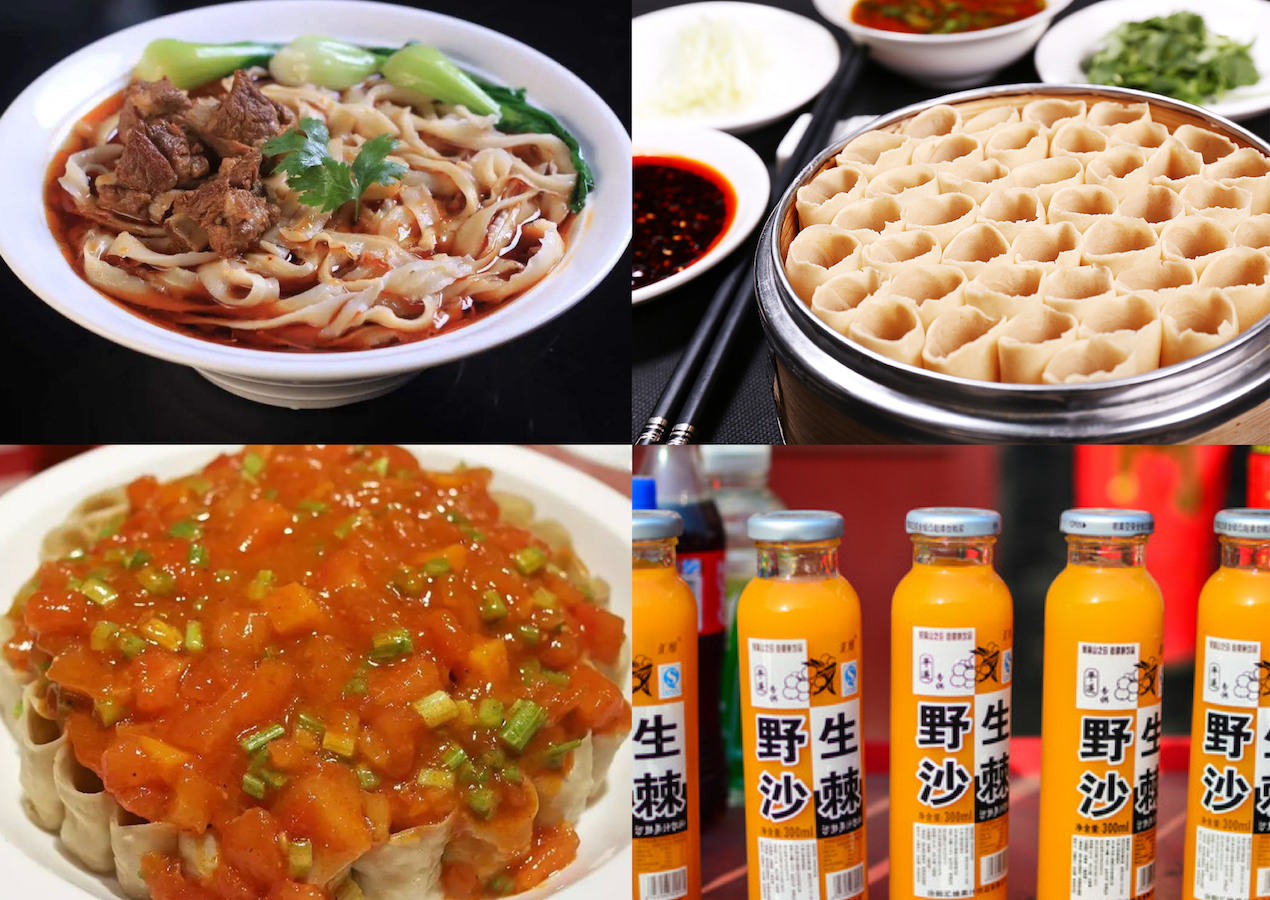

Useful Travel Tips
- Whether it is Datong or Pingyao, the climate is dry throughout the year, so visitors are advised to drink plenty of water.
- Both Datong and Pingyao are pasta oriented, with a strong taste. If you have a light taste, tell the chef in advance not to use chilies.
- The hotel in Datong and Pingyao has a certain gap with developed cities, and the infrastructure and reception conditions are slightly different than those in Beijing, Shanghai, Chengdu, and other developed cities.
- The water in Shanxi is more alkaline. If you are prone to allergies, do not drink the local water. You can use bottled mineral water or purified water instead.
- Because the water in Shanxi is more alkaline, Shanxi produces vinegar, and Shanxi's vinegar is well-known throughout China. Local people will drink vinegar in their daily life and diet. The acidity of vinegar can not only neutralize the alkalinity in the water but also strengthen physical fitness and prevent colds.


